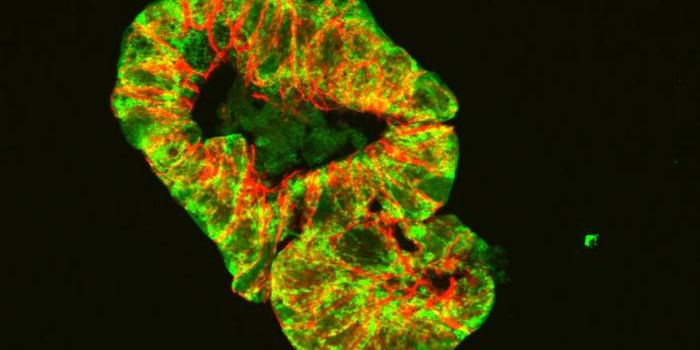T cells form a major part of our immune defenses, protecting us against the constant barrage of potentially pathogenic pathogens in our environment. Now, immunologists from Monash University reveal new insights on the intricacies surrounding T cell activation upon encountering such pathogenic threats.
In a study published in the journal Science, a team led by Nicole La Gruta found that to generate a robust activating signal, T cells need to latch on to pathogens such as viruses in a specific orientation. T cell receptors on the surface of these immune cells latch on to fragments of infectious agents called antigens, presented on the surface of infected cells. This critical recognition event triggers a cascade of molecular events leading to the destruction and elimination of an infected cell.
"The central issue is that there are millions of different T cell receptors (TCRs) in the human body, and a vast array of viruses, making it difficult to understand the rules around how T cell receptor recognition of a virus drives T cell activation. Indeed, it is a problem that has remained contentious for over 25 years" explained La Gruta.
Using a suite of experimental technologies including super-resolution microscopy, biochemical assays and in vitro and animal models, La Gruta and colleagues found that the orientation in which the TCR binds to its target determines if the T cell is activated.
"This is an advance in our fundamental understanding of how a T cell needs to 'see' pathogenic antigens in order to be activated," said La Gruta. "It has clarified a critical mechanism essential for effective T cell immunity. It is also relevant to the ongoing development of immunotherapies that aim to boost the activation of T cells."
Source: Science, Monash University.









